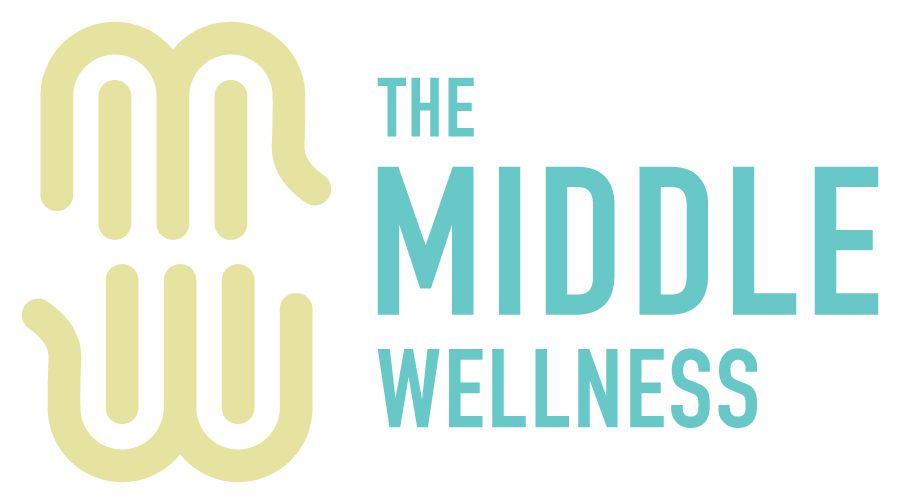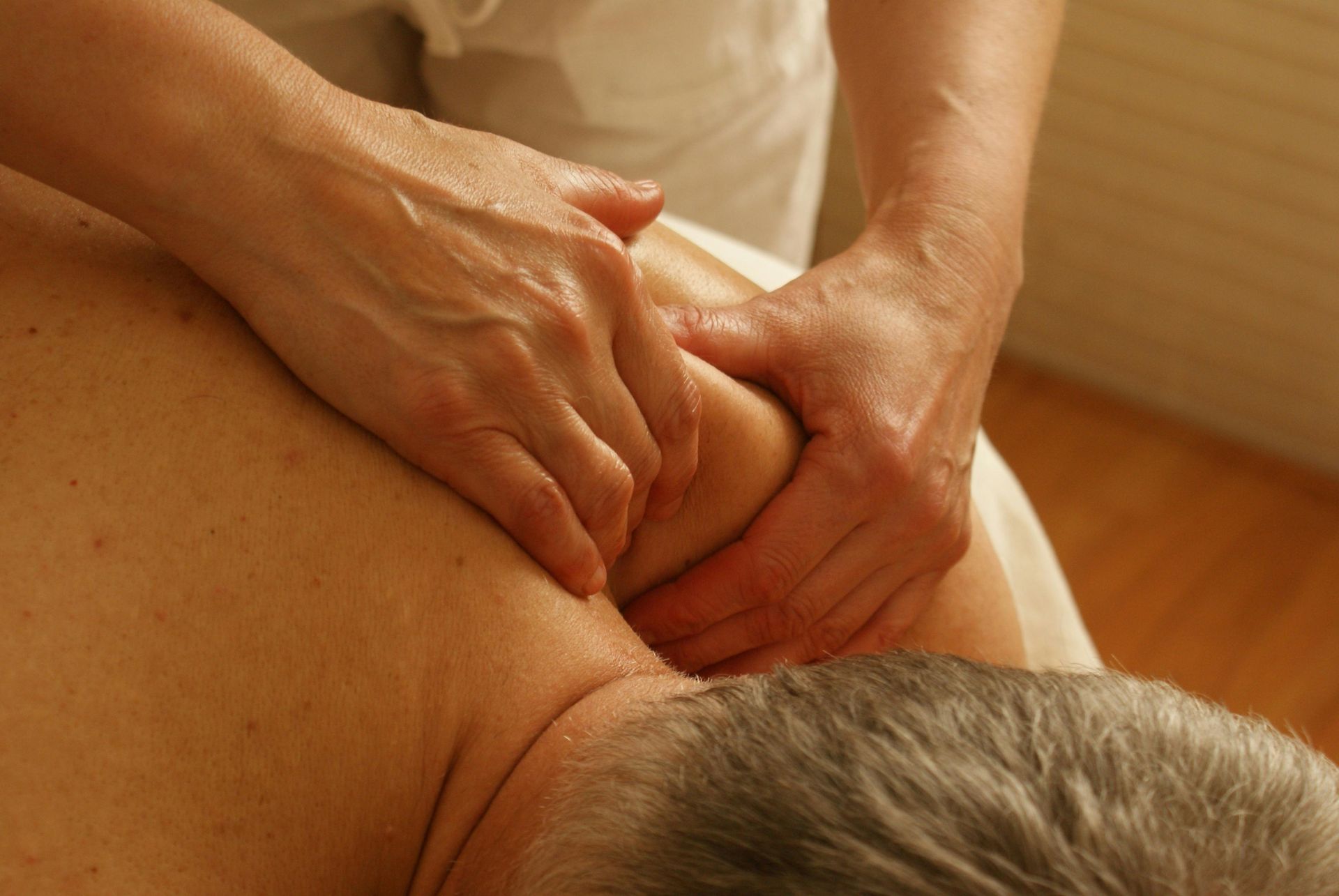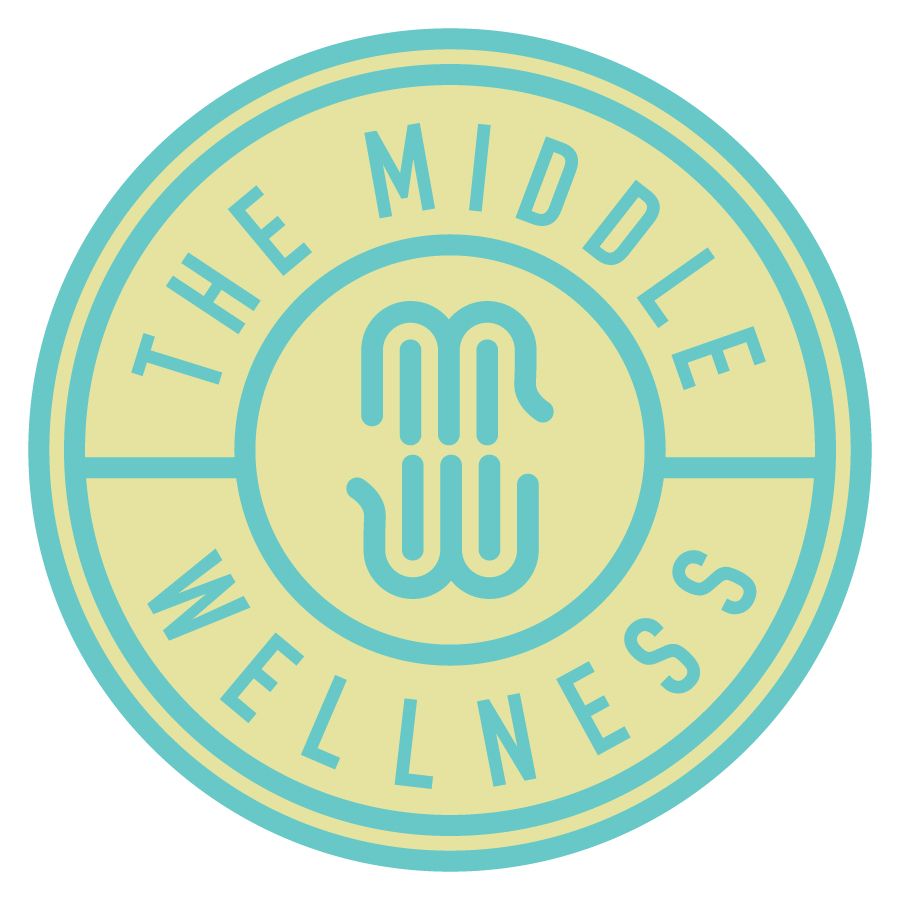Active Lifestyle Tips from The Middle Wellness
Avoiding Common Fitness Mistakes

At The Middle Wellness in Grand Junction, CO, we understand the importance of maintaining an active lifestyle while avoiding common fitness pitfalls that can lead to injuries. As trusted experts in athlete wellness, we are here to guide you through essential active lifestyle tips that will keep you performing at your best. Many athletes, from weekend warriors to dedicated fitness enthusiasts, often overlook crucial elements like proper warm-up routines and the importance of a well-rounded cool-down. Ignoring pain signals and sticking to a single type of exercise can also lead to imbalances, making injury prevention even more critical. In this post, we'll explore how sports massages, effective pain management strategies, and the benefits of cross-training can enhance your fitness journey and protect your body for the long haul.
Injury Prevention Essentials
An active lifestyle comes with the responsibility of taking steps to prevent injuries. Understanding the fundamentals can significantly lower the risk of injury and enhance athletic performance. The following sections will delve into the importance of maintaining effective warm-up and cool-down routines.
Warm-Up Routines Matter
Warm-up routines are essential for preparing your body before engaging in physical activity. They gradually increase your heart rate and circulation, loosening the joints and increasing blood flow to the muscles. This helps reduce the risk of injury and improves performance.
- Start with light aerobic exercises, like jogging or cycling, for about 5-10 minutes.
- Incorporate dynamic stretches to enhance flexibility and range of motion. This could include leg swings, arm circles, and torso twists.
- Finish with sport-specific movements to adapt your body to the upcoming activity, such as dribbling a basketball if you're heading to the court.
Real-world examples show that athletes who consistently perform warm-ups experience fewer injuries. This practice not only prepares the body physically but also mentally, setting the stage for optimal performance.
The Cool-Down Importance
Cool-down routines are often overlooked but play a crucial role in injury prevention. They help transition your body from exercise back to a state of rest. This period allows for the gradual recovery of pre-exercise heart rate and blood pressure.
- Engage in low-intensity movements, like walking or slow cycling, for about 5-10 minutes post-exercise.
- Incorporate static stretching to improve flexibility and reduce muscle stiffness. Focus on major muscle groups used during your workout.
- Hydrate and refuel with water and a healthy snack to support recovery and replenish energy stores.
Real-world insights suggest that a structured cool-down can prevent dizziness and improve recovery time. By including these routines, athletes can maintain better balance and coordination, reducing the risk of future injuries.
Listening to Your Body
Being attuned to your body’s signals is vital for maintaining health and preventing injuries. Recognizing the early signs of pain and addressing them promptly can prevent serious harm.
Recognizing Pain Signals
Understanding pain signals is crucial for athletes who often push their limits. Pain during or after exercise isn't always a sign of progress; it can indicate potential injury. Recognizing these signs early can prevent more severe issues.
- Sharp pain might suggest a strain or sprain, necessitating immediate attention.
- Dull aches could indicate overuse and require rest.
- Persistent pain that doesn't subside with rest should prompt medical evaluation.
Case studies demonstrate that athletes who ignore pain signals are more likely to experience chronic injuries. This can lead to prolonged inactivity, interrupting training schedules and affecting performance.
Effective Pain Management
Effective pain management is integral to maintaining an active lifestyle. Addressing pain promptly can prevent it from escalating into a more serious condition.
- Use the R.I.C.E method (Rest, Ice, Compression, Elevation) immediately after minor injuries.
- Consult with a healthcare professional for persistent or severe pain to get a proper diagnosis.
- Incorporate sports massages as a preventive measure, which can alleviate muscle tension and promote healing.
Data-driven insights indicate that early intervention can reduce recovery time and prevent re-injury. Athletes who adopt comprehensive pain management strategies often enjoy longer, healthier careers.
Diversifying Your Workouts
Incorporating variety in your workouts can significantly enhance your overall fitness and reduce injury risk. Cross-training and balancing muscle groups are key components in achieving this diversity.
Cross-Training Benefits
Cross-training offers numerous benefits for athletes, providing a well-rounded fitness routine. It involves engaging in various forms of exercise to improve overall performance and reduce injury risk.
- Enhances cardiovascular fitness
- Reduces the risk of overuse injuries
- Encourages mental and physical recovery through low-impact activities like swimming or cycling
Real-world examples highlight that athletes who incorporate cross-training into their regimen often experience improved performance in their primary sport. It also keeps workouts exciting and prevents burnout.
Balancing Muscle Groups
Balancing muscle groups is essential for preventing injuries. Focusing solely on one type of exercise can lead to imbalances, increasing injury risk.
- Incorporate exercises that target opposing muscle groups to maintain symmetry. For example, pair exercises for the chest with those for the back.
- Prioritize core strength to support overall stability and movement.
- Regularly assess your routine to ensure comprehensive muscle engagement.
Actionable advice includes scheduling regular sessions with a fitness professional to evaluate and adjust your exercise plan. This approach ensures balanced development, reduces the risk of injury, and promotes long-term athletic success.











